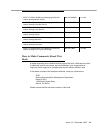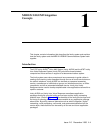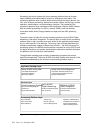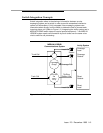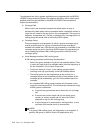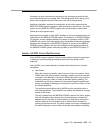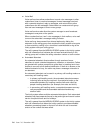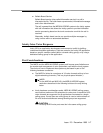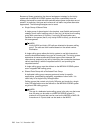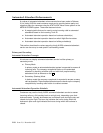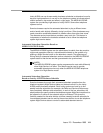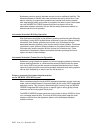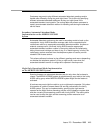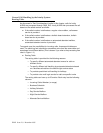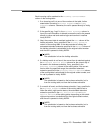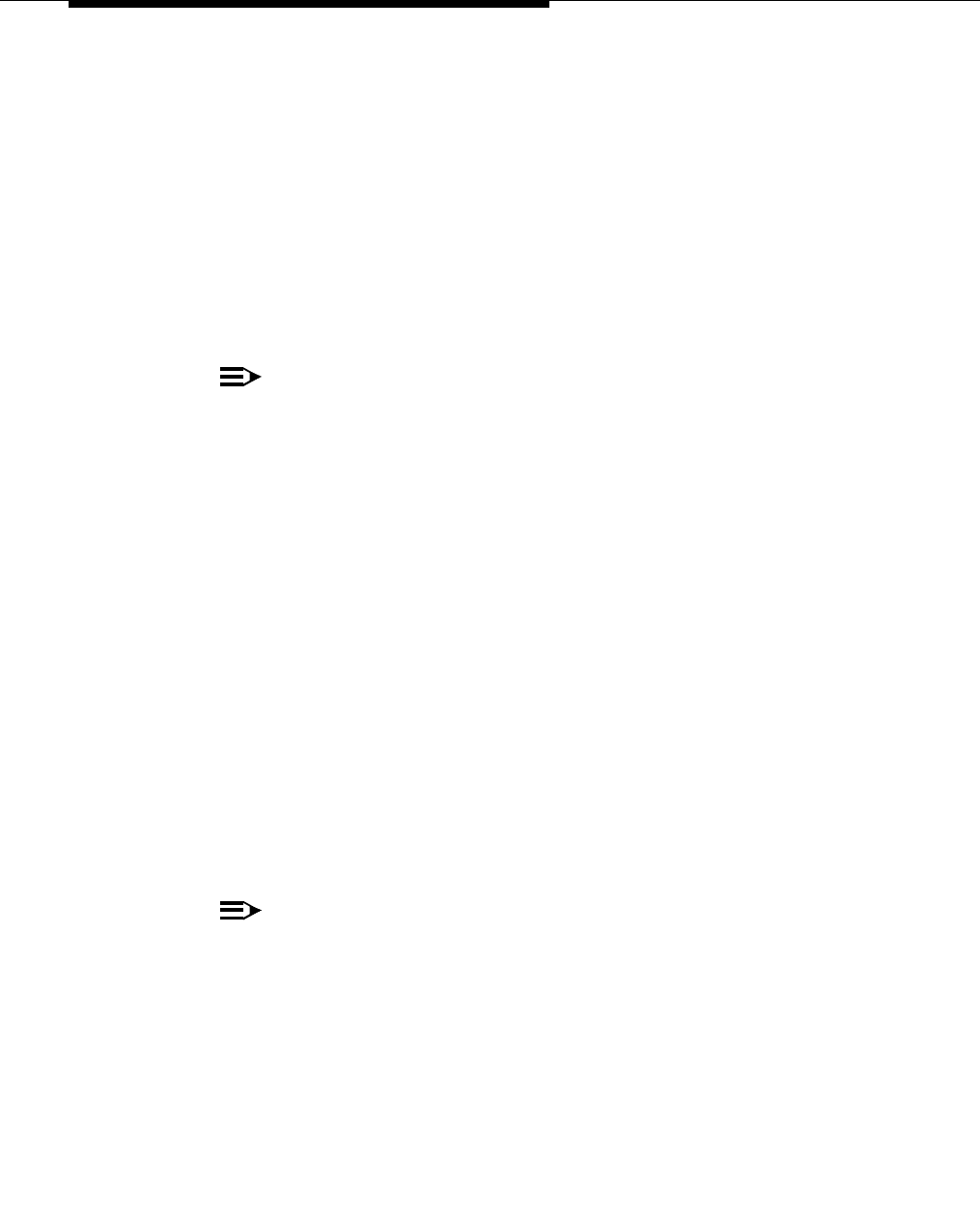
1-8 Issue 2.0 December 1995
Because of these constraints, the channel assignment strategy for the Intuity
system with the MERLIN LEGEND system may differ considerably from the
strategy that would be used with other switches where these constraints are not
present. In particular, the types and volumes of call traffic may allow alternative
approaches. The following strategies can be used:
■ Single Group of Shared Ports
A single group of shared ports is the simplest, most flexible and powerful
strategy from a traffic handling point of view, but it is limited to one calling
group with a maximum of 20 ports. If no Intuity IVR applications are
installed on the system (that is, only Intuity AUDIX is used), you should use
this arrangement.
NOTE:
Intuity AUDIX and Intuity IVR calls are directed to the same calling
group. The calls are then handled based on the called number
information.
A single calling group allows the Intuity system to use idle channels to
meet the immediate needs of any type of incoming call. The Intuity system
determines its resource allocation based upon current demand. All
channels may respond to any call by identifying the number that has been
called, associating it with the requested service, and providing the
requested service.
A single calling group must be defined on the MERLIN LEGEND system
as an
integrated
VMI calling group.
■ Shared Ports Group with a Dedicated Ports Group
A dedicated calling group reserves ports and trunks for specific
applications, guaranteeing availability regardless of other traffic. It is
useful only for a single Intuity IVR application.
Calling groups that contain only Intuity IVR ports and trunks for a single
Intuity IVR application must be defined on the MERLIN LEGEND system
as
generic
VMI calling groups.
NOTE:
The use of a dedicated ports calling group is the only way that more
than 20 ports can be used on a MERLIN LEGEND system. A
maximum of 24 ports total can be used on the MAP/40 or MAP/100.
A maximum of 18 ports total can be used on the MAP/5.



